10 Super Nutritious Root Veggies to Try Besides Potatoes
We don’t need to tell you that vegetables
are good for your health. But not all veggies have to be green and leafy
to be nutritious. Root vegetables, for instance, are super healthy too
and should be a part of everyone’s diet. These vegetables are edible
plants that grow underground. This means that they store vitamins,
minerals, and other nutrients for the plant and are, hence, highly
nutritious.
Another great benefit of root vegetables is
that they are in season almost all year, even when other offerings are
not widely available. Furthermore, they tend to have a longer shelf life
compared to other fresh produce, according to data from the U.S.
Department of Agriculture (USDA).
Potatoes, onions, and carrots are, of course, some of the most common
root vegetables. There are many other root vegetables with distinct
health benefits you can add to your diet.
1. Onions
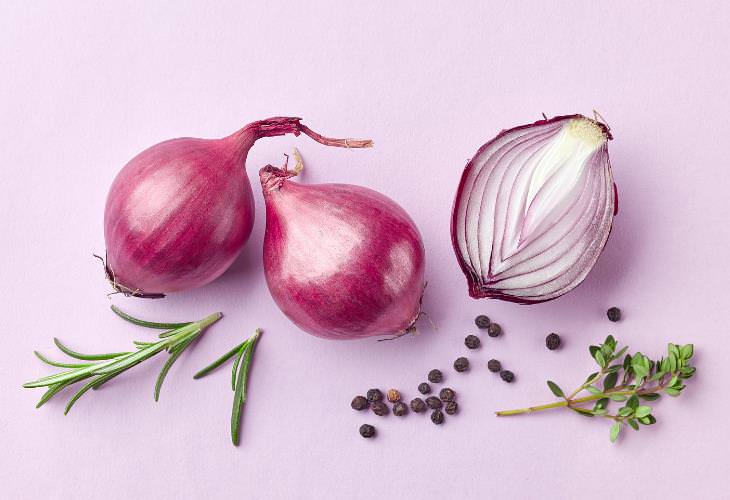

Nutrition: Onions come in a variety of
sizes, colors, and shapes. The common types are red, yellow, and white
onions. These vegetables are high in fiber, vitamin C, and antioxidants
while being low in calories. Research shows that eating onions can have a
positive effect on several aspects of one's health.
Benefits: For example, one study found that consuming 100 grams of raw
onions daily helped reduce blood sugar levels in people with diabetes.
Other studies have discovered that onions may possess powerful
anti-cancer properties. A 2015 review showed that eating allium
vegetables like onions can decrease the risk of cancers of the stomach
and gastrointestinal tract. As per the authors of the study, there are
compounds called organosulfurs in onions that suppress tumor growth.
How to Eat: Onions are easy to add to your meals. Add them to salads,
scrambled eggs, soups, or rice dishes to get their benefits.
2. Carrots


Nutrition: Carrots are one of the most
well-known root vegetables and are also incredibly nutritious. They
contain plenty of fiber and micronutrients, including vitamin A in the
form of the antioxidant beta-carotene.
Benefits: Research indicates that eating carrots can lower cholesterol
levels and improve antioxidant status in humans. Other studies also show
that higher consumption of the antioxidant beta-carotene might lower
the risk of breast, prostate, and stomach cancers.
Furthermore, beta-carotene helps keep your eyes healthy and protects you
from age-related degenerative eye diseases.
How to Eat: Carrots can be easily eaten raw as a tasty nutritious snack.
Alternatively, you can add sliced carrots to salads or smoothies.
3. Beets
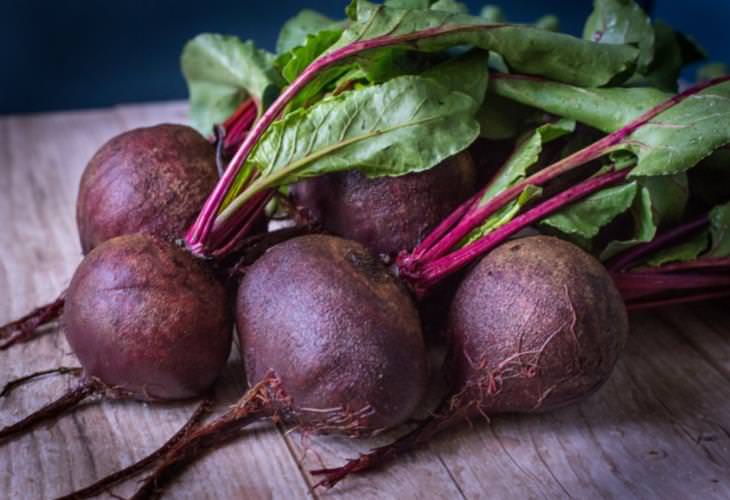

Nutrition: Beets are one of the healthiest
root veggies. They are packed fiber, folate, vitamin C, potassium, and
manganese, among other nutrients. They are also significantly high in
nitrates - plant compounds that can help dilate blood vessels and help
lower blood pressure.
Benefits: According to studies, adding beets to your diet may help
increase blood flow to your brain and boost exercise performance.
Additionally, beets are rich in antioxidants like betalains, which
reduce inflammation and help detoxify the body.
How to Eat: Beets can be enjoyed raw or cooked. Add them to your salads
during lunch or make beetroot juice in the morning to avail the full
benefits of these great vegetables.
4. Sweet Potatoes
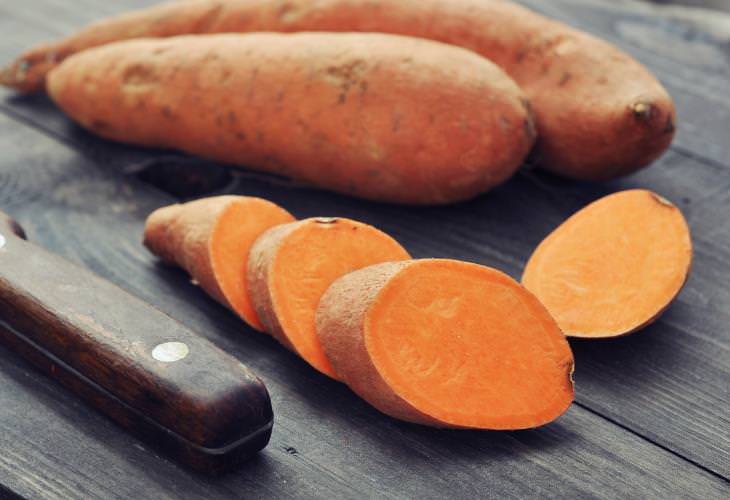

Nutrition: These delicious tubers are
loaded with vitamin A, vitamin C, fiber, manganese, and beta-carotene.
Benefits: A review of three studies showed that eating white sweet
potatoes every day can improve blood sugar control in people with
diabetes. Moreover, because of their vitamin A content, this vegetable
can protect against vision loss, improve skin health, and also boost
immune function.
How to Eat: Sweet potatoes are incredibly versatile. They can be baked,
boiled, or roasted, and also go well with side dishes like salads or
sandwiches.
5. Jerusalem Artichokes


Nutrition: Jerusalem artichokes are
underrated root vegetables rich in iron, copper, magnesium, phosphorus,
and potassium. They even provide vitamin C, a variety of B-vitamins,
calcium, and a few other nutrients in small amounts.
Benefits: Jerusalem artichokes are among the richest sources of
prebiotic fiber. This fiber isn't digested by the body, but it can help
the growth of good bacteria in the gut. While Jerusalem artichokes are
high in natural sugars, these vegetables have a negligible effect on
blood sugar levels. In fact, they have a lower glycemic index (GI) score
than potatoes (from 53 to 111) and aren't fattening.
How to Eat: Jerusalem artichokes have a slightly sweet earthy flavor and
are light and crisp. Adding them to your salad will give them a
delicious crunch. They can also be peeled, roasted, and mashed.
6. Turnips / salgam
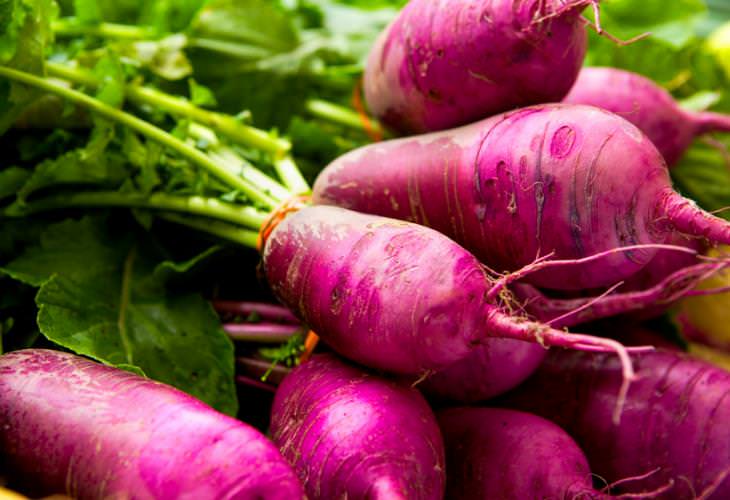

Nutrition: Turnips are delicious and are
packed with fiber and vitamins K, A, C, E, B1, B3, B5, B6, B2, and
folate, along with minerals like manganese, potassium, magnesium, iron,
calcium, and copper.
Benefits: A 100 gm serving of turnips contains 21 mg of vitamin C.
Studies have shown that adding this vitamin to your diet can help boost
your immunity and also reduce symptoms of respiratory infections like
the common cold.
Apart from that, these vegetables are also rich in glucosinolates - a
group of bioactive plant compounds that can inhibit the development of
hormone-sensitive cancers. Glucosinolates have also been shown to have
liver-protecting effects.
How to Eat: Turnips are easy to add to meals. Just slice them like
apples to eat with dips or toss them into your salads.
7. Celeriac

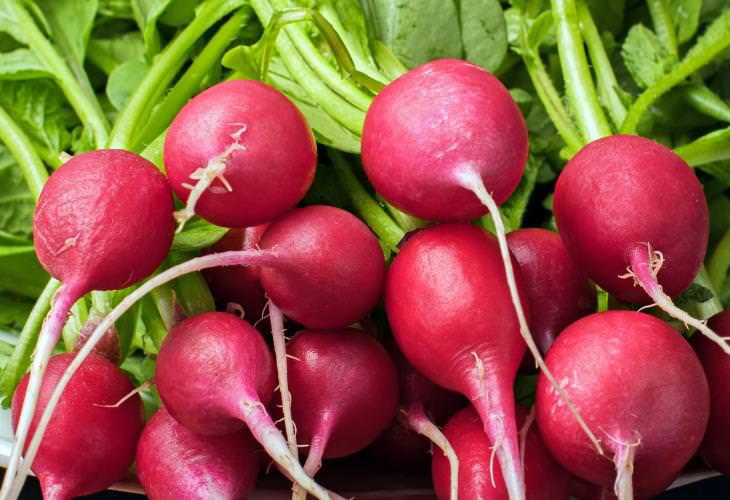
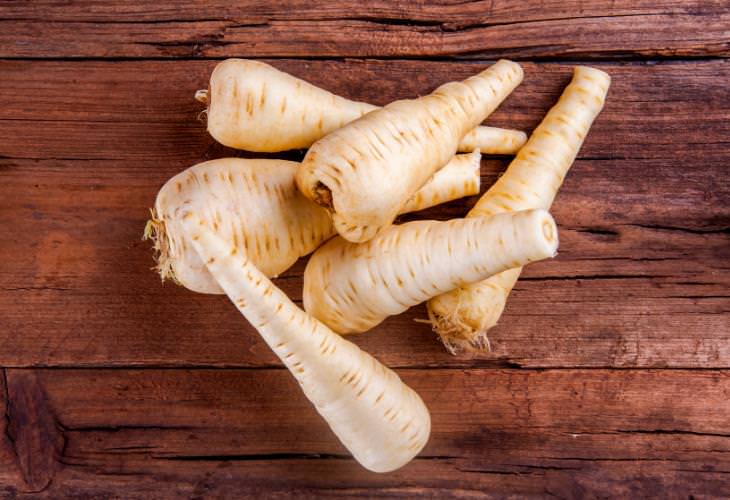

Nutrition: Celeriac, also called celery
root, is a great source of vitamin K, according to the USDA. It also
contains vitamins B6 and C, along with phosphorus.
Benefits: Vitamin K is essential for blood clotting and bone health, and
a single one-cup (156-gram) serving of celeriac provides about 80% of
the daily recommended value of this vitamin. It is also rich in fiber,
which encourages healthy gut bacteria and helps keep the digestive
system functioning smoothly.
How to Eat: Celeriac has a nutty taste and crunchy texture, which makes
it work perfectly well in salads. You can also add it to stews, soups,
or roasted veggie medleys.
8. Radishes

Nutrition: Radishes are low in calories and
carbs but contain a decent dose of fiber and vitamin C.
Benefits: Studies have shown that these vegetables have antifungal
properties and can be effective against several types of fungal
infections. There’s even evidence to suggest that the leaves of the
radish plant can provide protection against stomach ulcers. Apart from
this, they also contain natural nitrates that improve blood flow.
How to Eat: Radishes come in colorful shades of red, pink and purple,
and are great for adding a little nutritious crunch to your salads,
sandwiches, or tacos.
9. Garlic 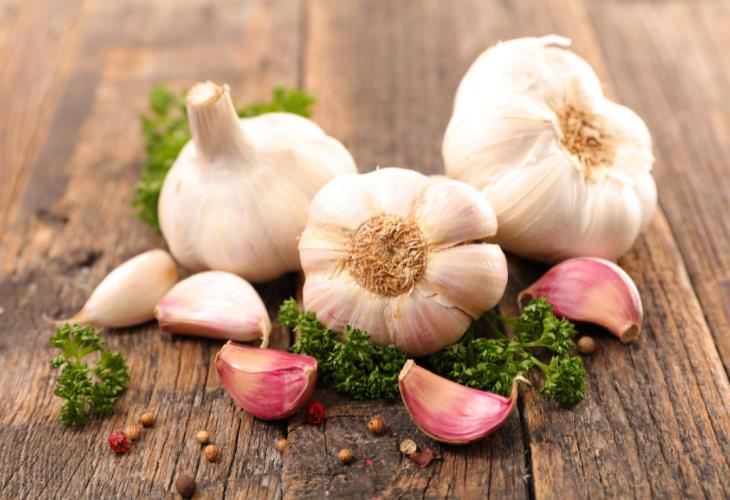

Nutrition: This flavorful bulb vegetable
boasts an impressive nutrient profile. Each serving of garlic contains
manganese, vitamin B6, and vitamin C, along with calcium and selenium.
Benefits: Studies have found that garlic can significantly lower blood
pressure, along with levels of total cholesterol and triglycerides.
There’s also sufficient research to suggest that garlic can boost immune
function and help prevent infections like the common cold.
How to Eat: The best thing about garlic is its versatility. It adds a
lot of flavor to dishes like soups, sauces, side dishes, and dressings.
Just give it a crush with the side of your knife and then mix it with
extra virgin olive oil. It can also be eaten raw, but be aware that it
has a strong, pungent smell.
10. Parsnips

Nutrition: Parsnips look like white
carrots, but they are a member of the parsley family. They have a
crunchier and fibrous texture and a sweet and mellow flavor. Parsnips
are packed with vital nutrients, such as vitamin C, vitamin K,
manganese, potassium, folate, zinc, copper, and magnesium.
Benefits: Parsnips supply many antioxidants and are a great source of
both soluble and insoluble fiber. According to some studies, increasing
your fiber intake can help treat digestive conditions and intestinal
ulcers.
This root vegetable also has a high water content of about 79.5%, and
studies show that water-rich foods can useful in decreasing one’s
calorie intake and aiding weight loss.
How to Eat: Parsnips can be eaten raw, but a tasty way to eat them is to
roast them alongside a joint of meat. You can also mash parsnips and
mix with lemon and herbs for a yummy, light meal. Another simple way to
have them is by chopping and cooking them into stews and soups.